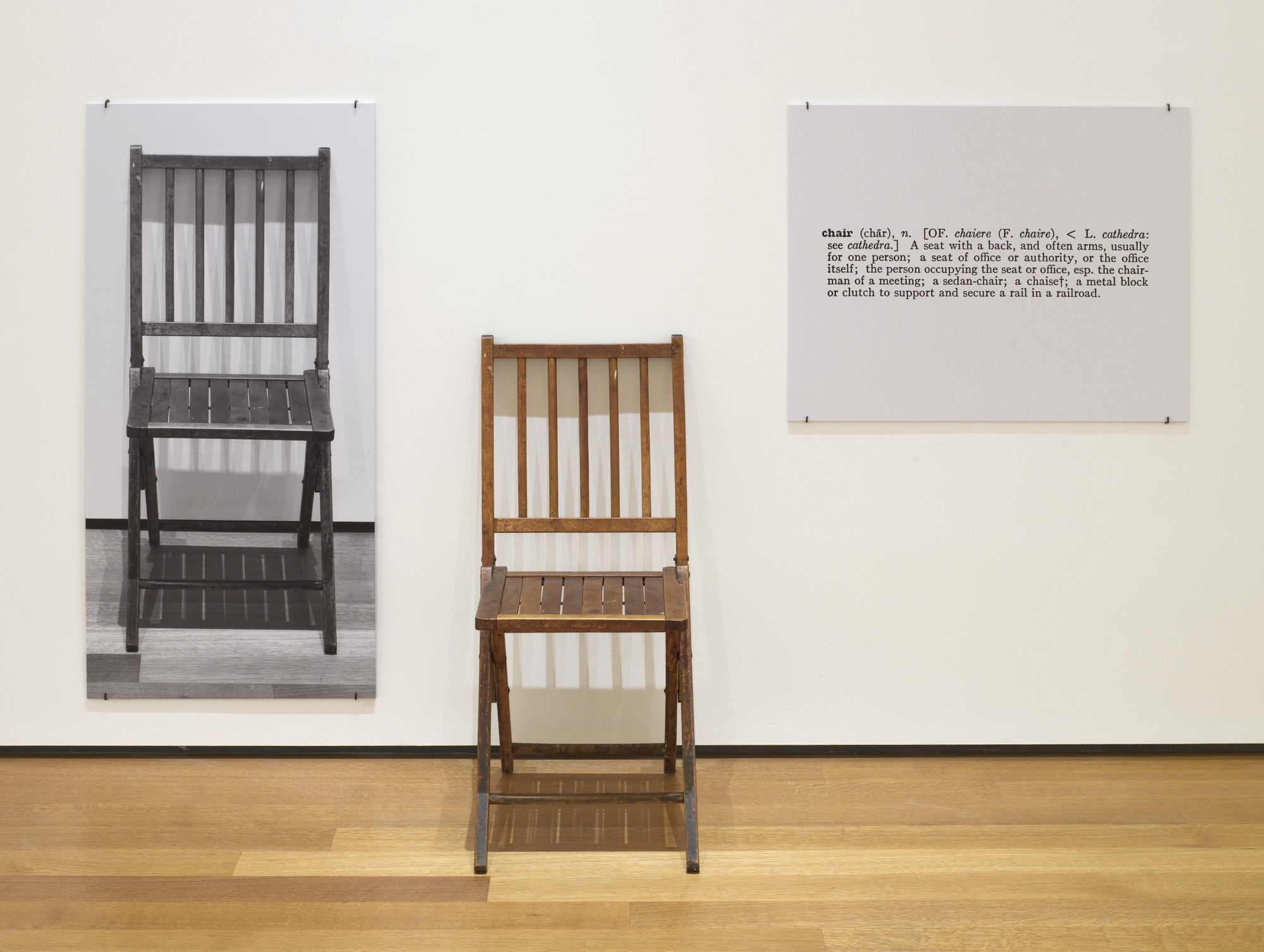By Alyson Peabody, News Editor
“A chair is not a chair when it is art.”
I stared at my art history professor. From the corner of my eye I saw my classmates scribble this ‘profound’ revelation in their notes. An object’s purpose can be justified by calling it art? With that logic, anything could be art. What would be the job of the artist if everyone decided that everything is art regardless of context or skill?
If everything is art then nothing is.
No, that’s not it.
I felt like my thought only scratched the surface of what my professor meant. My professor gave us a blanket answer that encouraged us to ask the most important question of all: Why? Why is it art? What happened put a simple chair in a museum?
Semiotics, the study of communication through visual and linguistic symbols is essential to my investigation into how meaning is created and explored in the art world. René Magritte’s painting The Treachery of Images (1929) is a comedic example of what semiotics means. Beneath the pipe Magritte wrote “This is not a pipe.” This is a commentary on the relationship between and object, language, and the representation of an object. What Magritte is saying is that a pipe is not an actual physical pipe.

Complex cultural conventions influence our lives daily and we continuously decode symbols we are given to inform our actions. For example, we understand the color implications of a traffic light. Red means stop. Yellow means slow down. Green means go.
Why?
The use of each individual color communicates the traffic laws for what a driver should do at a specific time. A violation of those laws, such as driving through a red light, would result in a ticket if an officer noticed.
There are countless categories for symbols for communicating from clothing labels to emojis.
The purpose of a symbol is to be unambiguous so that it is easily understood by the receiver with minimal risk of misinterpretation.
American artist Joseph Kosuth installed One and Three Chairs (1965) using three objects: a wooden folding chair, a mounted photograph of a chair, and a mounted copy of the dictionary definition of “chair.” These three things stand alone as representations.
Which of these representations is the most accurate? The object, the image, or the words?
I am not the person to definitively decide the answer to this open-ended question. The word is not the physical object, an icon is not the object, and the object is not the word. Each of these three things is an abstraction, even though they are seemingly concrete representations in their own right.
Kosuth said “art is making meaning,” and in his controlled museum installation he made a statement about objecthood. Each depiction is a representation of what a chair is, but none of these objects are what we conceptualize them to be.
This begs the question: Is an object intrinsically neutral? If this is true, then meaning is applied based on the environment around the object or changed by a user’s intentions. At a dinner table, a chair is an invitation to take a seat for a meal.
Would that chair still have the same meaning if it were suspended from the ceiling or submerged in a tank of gelatin? No. The functionality and purpose of the chair depends on how it is used as an object. Our physical relationship with an object influences how we understand it. An object can be a work of art without the agency of semiotics, but it is important to consider an object’s possibility.
Kosuth used the museum to frame the three representations so that we could contemplate the meaning of his work, as well as the meaning of our own world. How we understand objects has cultural relevance and subconscious implications.
I ask again, why is this art?
It’s art because the artist encouraged dialogue through conscious choices to emphasize our relationship with semiotics. Kosuth pulled up a chair and asked us why we think we should sit.


Thanks for the great article on semiotics in art history. I’m teaching an undergraduate course on media criticism and aesthetics (CMS 374) for the Communication and Media Studies Department. My students use semiotic analysis to analyze print advertisement, television series, and a host of other popular media. I agree it is a very useful tool for unpacking the layered meanings of any media, including songs and video games.
art is that which can be perceived to be art at least by 1 pretty convincing person